Acetone-based nail polish remover is great for removing nail polish, and it's also great for some DIY uses around the home. From eliminating scratches to fixing the consistency of correction fluid, its uses are varied but all effective. With nail polish remover, you can also clean your computer keyboard, get rid of ink stains, and even remove leeches from your skin. Talk about versatile!
The key component that makes all of this possible is acetone, a powerful solvent that's found in other household and industrial products like paint remover, cleaners, and rubber cement. Let's take a closer look at the one we keep with the rest of our beauty products though; there are at least 14 other practical ways we can use it.
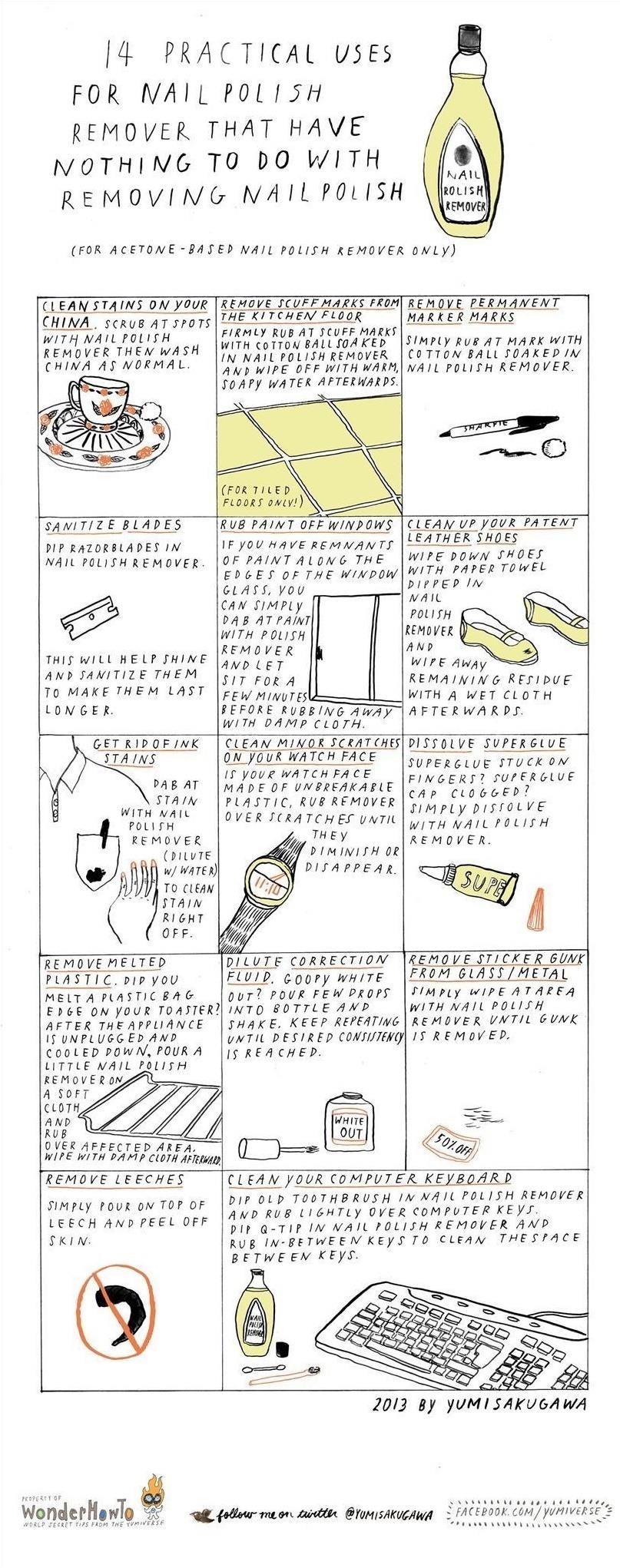
Nail Polish Remover & Acetone
Nail polish remover comes in two forms: with acetone and without. The one most of us are familiar with is the acetone-based one, which has a distinctively strong smell. Some may describe it as "fruity."
Nail polish, made from nitrocellulose, synthetic resins, and plasticizers, is formulated to harden within minutes, as well as resist water. Many can also resist chipping. This said, to remove it, you'll need something strong. Enter nail polish remover, which is designed to break down the polish so it can be rubbed clean. Any nail polish remover will contain a solvent.
For acetone-based nail polish removers, that solvent is acetone, which is colorless, flammable, and the simplest ketone. Acetone is the most effective way of removing fingernail polish, but it can also be harsh on the skin, cuticles, and nails. Self recommends moisturizing your hands with lotion after using the cosmetic, no matter if it's acetone-based or not — but especially if it's acetone-based.
So, what alternative uses does this beauty product have? Well, because of the acetone, you can use it for stain removal, cleaning, and clearing away (see sticker gunk). The process for each is pretty straightforward:
1. Clean Stains on Your China
For china cups and plates, scrub at the spots (e.g., tea or coffee stains) with nail polish remover and then wash as normal. Did you know: For glass lab equipment, acetone is often used to clean away grease and other residue, including soap.
2. Remove Scuff Marks from Your Kitchen Floor
Got scuff marks on the kitchen floor? To remove, rub at the marks firmly with a cotton ball soaked in nail polish remover. Follow this up with soapy warm water, and wipe clean.
3. Remove Permanent Marker Marks
For marker marks, they need not be permanent. Simply soak a cotton ball in nail polish remover and blot the mark to dissolve it away, from your wall, your skin, your car, etc. Wipe clean.
4. Sanitize Blades
To further the use of your expensive razor blades (and help your personal care budget), dip them in nail polish remover to sanitize them and renew their shine. Dry with a tissue.
5. Rub Paint Off Windows
For paint spots/splatters on window glass, thin the paint by dabbing at the spots with nail polish remover and then let sit for a few minutes; the paint should rub right off.
6. Clean Up Your Patent Leather Shoes
If your patent leather footwear is looking not so glossy, try dipping them in nail polish remover, and then wipe clean with a wet cloth. This can also work with other patent leather products, like a handbag. For such items, use a soaked cotton ball or cotton swab to target dirt and dull spots directly.
7. Get Rid of Ink Stains
Pen ink leaked through your front pocket? Before you throw that shirt away, try dabbing the spot with diluted nail polish remover (on a cotton ball or soft cloth); it should lift the stain. Rinse with water afterward, then wash as normal.
8. Clean Minor Scratches on Your Watch Face
Because of its dissolving ability, the acetone in nail polish remover can also help with scratches on your watch — even a smartwatch. If your watch face is made from unbreakable plastic, you can rub nail polish remover on it until it levels off the surface (by dissolving the plastic around the scratches). Don't overdo this one though if the scratch is too deep.
9. Dissolve Super Glue
Don't panic if you happen to "super glue" your fingers together. So long as you have acetone-based nail polish remover handy, you'll be unstuck in no time. Use a cotton swab to apply the acetone solution to your fingers/skin, and the adhesive should dissolve away. This can also work for a super glue cap that won't budge.
10. Remove Melted Plastic
If you ever accidentally melt a part of a plastic bag onto your toaster oven or another hot metal object, you can remove the melted plastic using nail polish remover. Simply unplug the appliance and wait for it to cool down, then wipe the affected area with a soft cloth dipped in the solvent. Wipe with a damp cloth afterward and let dry before using the appliance again.
11. Dilute Correction Fluid
Has your whiteout gone goopy? To save it, pour a few drops of nail polish remover in the bottle, shake, and check. You'll find it'll start to thin out, just like paint. Repeat until the correction fluid is back to its proper consistency.
12. Remove Sticker Gunk from Glass/Metal
For that stubborn sticker residue, you now have a simple DIY. To finally rid your glass or plastic of sticker gunk, just rub at the mark with a cotton ball or soft cloth and the residue, which you thought would be with you forever, will be a memory.
13. Remove Leeches
Here's one use you probably never would have thought of, but if you ever need to get leeches off of you, just add a bit of nail polish remover. Leeches won't be able to withstand the contact, and you'll be able to quickly peel the segmented worms off your skin.
14. Clean Your Computer Keyboard
And finally your keyboard, where dust, crumbs, stains, and stickiness are all too common over time. To get the mechanical device looking (and hopefully working) like new again, use nail polish remover. With a toothbrush and a cotton swab, you can carefully clean all of your keys, as well as the spaces between.
And there you have it: 14 practical DIY uses of acetone-based nail polish remover for the home. Who knew? That small bottle certainly packs a repurposing punch!
Just updated your iPhone? You'll find new emoji, enhanced security, podcast transcripts, Apple Cash virtual numbers, and other useful features. There are even new additions hidden within Safari. Find out what's new and changed on your iPhone with the iOS 17.4 update.
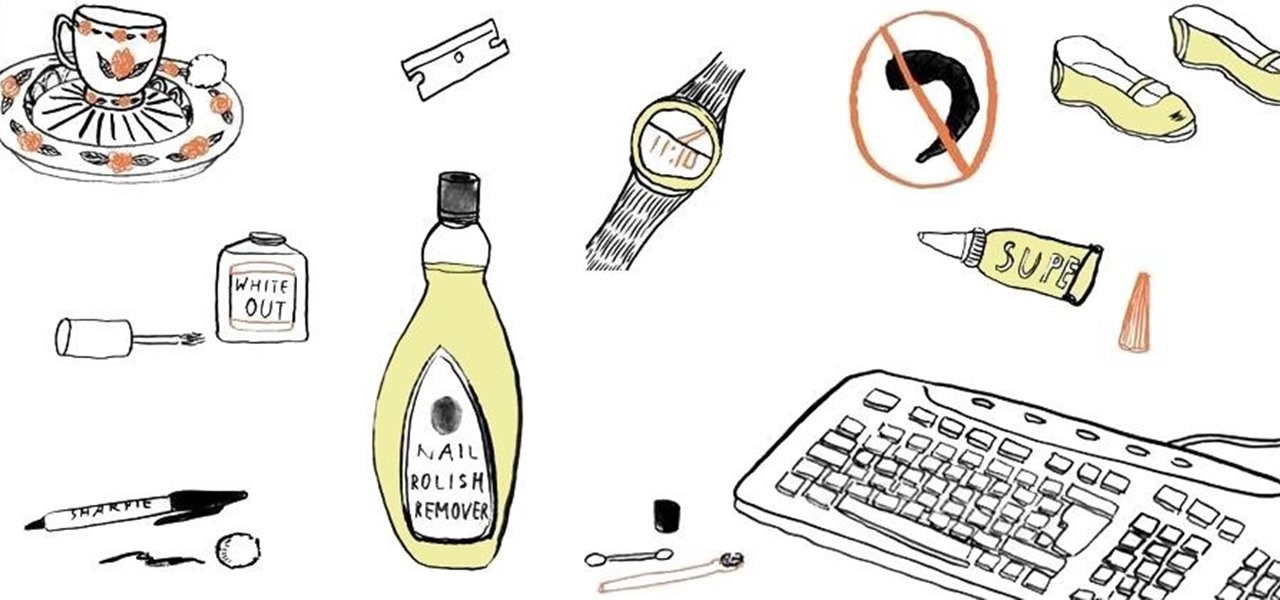


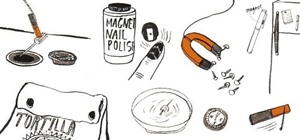
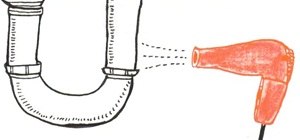
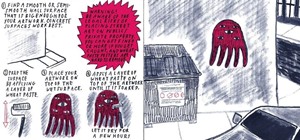

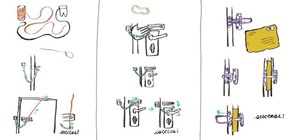
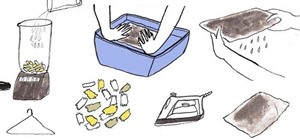
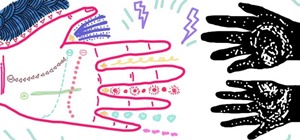
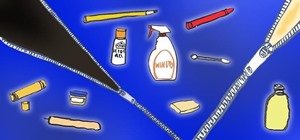
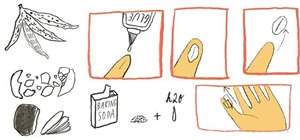
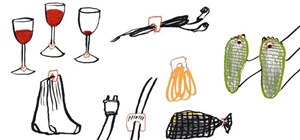
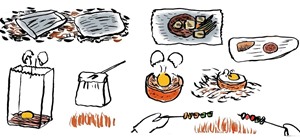
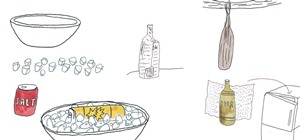
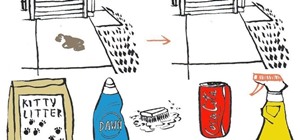
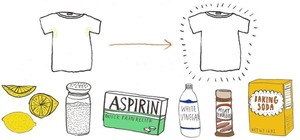
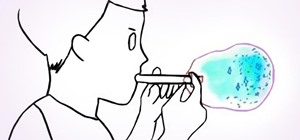
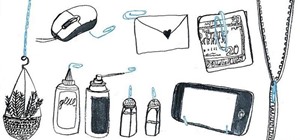
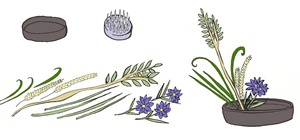
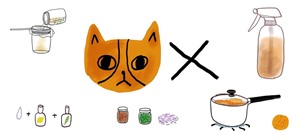

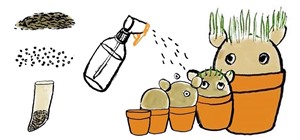
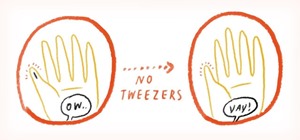
7 Comments
You can use it to remove all the ink off of id's. Someone at my school tried to get the permanant marker off of their id and it took all the information off too so they had to buy a new one. You can also use it to get sharpie off of whiteboards.
Nice! Thanks for sharing.
Also pure acetone (paint remover) works well to increase your fuel mileage in your car. Add 1 oz per 5 gal of gasoline and only 1oz to ten gal of diesel fuel. Raises the octane of the fuel, cleans injectors and promotes a much more efficient burn of the fuel which in turn lowers the exhaust emissions.
You can expect a minimum of 10% increase in MPG and the engine will run much smoother. More is not better either! 1oz to 5gal is just right for today's gasoline. If you use more expect your mileage to drop off significantly.
And do not I repeat DO NOT use in any lawn equipment with lite grade fuel lines or a primer bulb. Acetone will melt them. There is nothing on a car's engine that will be harmed.
The only one on your list I'd be truly hesitant to try is #14. Acetone & plastic are not compatible at all. Even though the plastic used for computer peripherals is pretty sturdy, I'd be very concerned about it weakening the material if the user applies too much stripper, not to mention that the solvent might just remove the labels on the keys.
Maybe I'm wrong. I'll have to give it a try on an old, broken keyboard first.
Otherwise, awesome list!!
To soften dried or hardened wood filler, use 100% acetone polish remover. Look on back of polish remover bottle at ingredients and if it say's that it has water in it then it "Will Not" work. It should ONLY contain "acetone and benzoate" under ingredients.
I'd suggest not trying #14 as the ingredients in nail polish remover chemically alter plastic, and your computer is no exception. I spilt nail polish remover on the laptop once and now there are about four huge white spots from the nail polish remover, granted this has nothing to do with the use you are saying, but it does ruin how your computer looks, and if you use too much how it works. Just a small tip!
You can use non-acetone Nail polish remover so it doesn't mess up with the plastic.
Share Your Thoughts